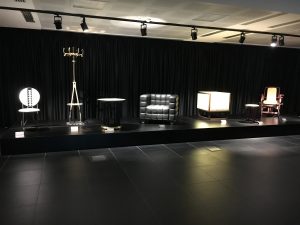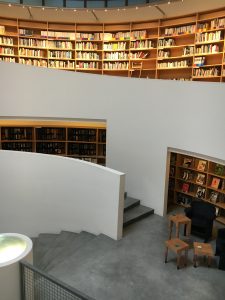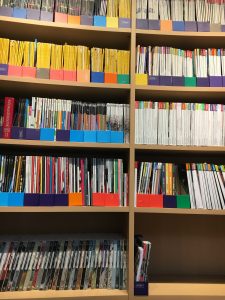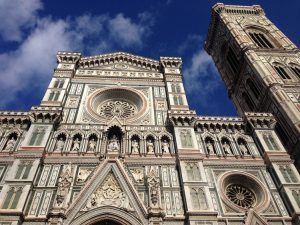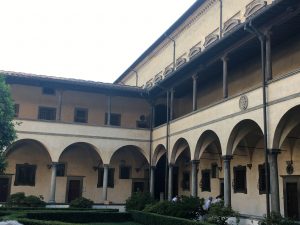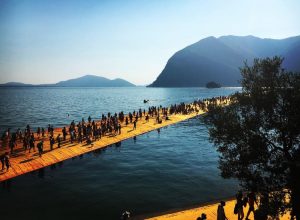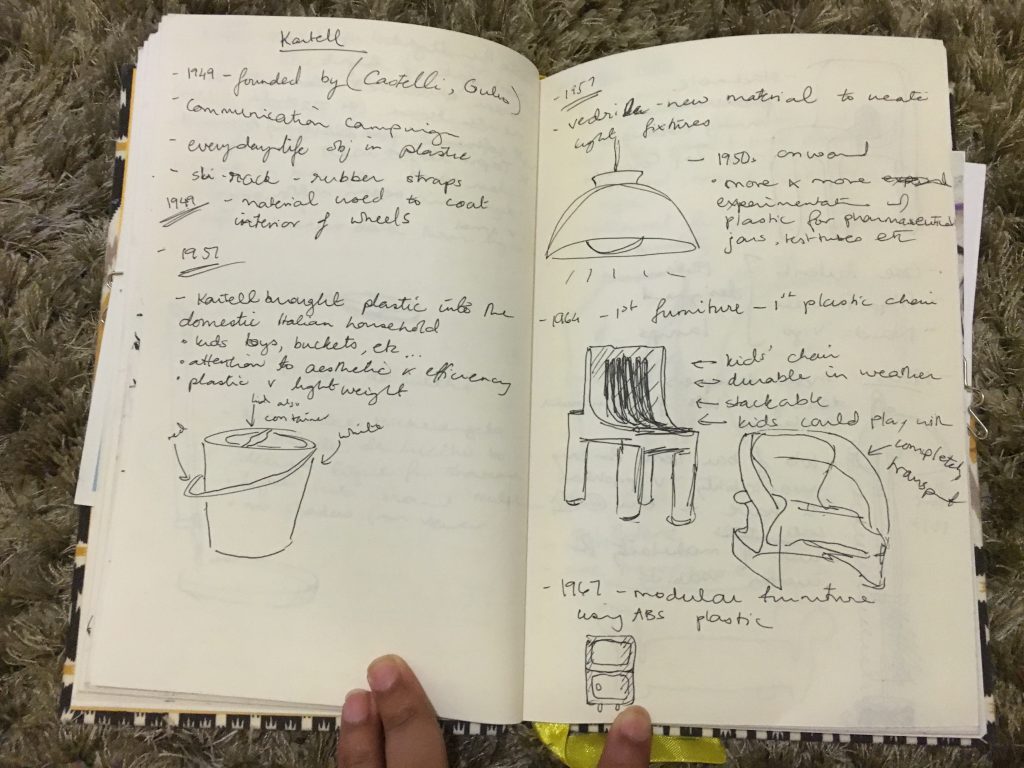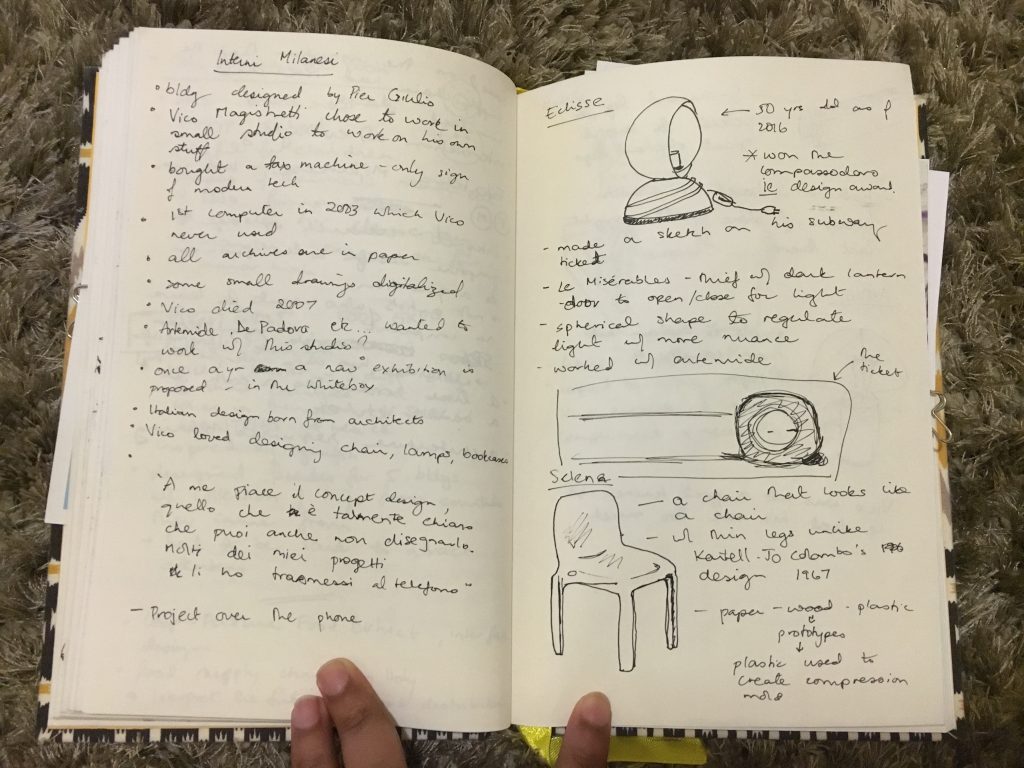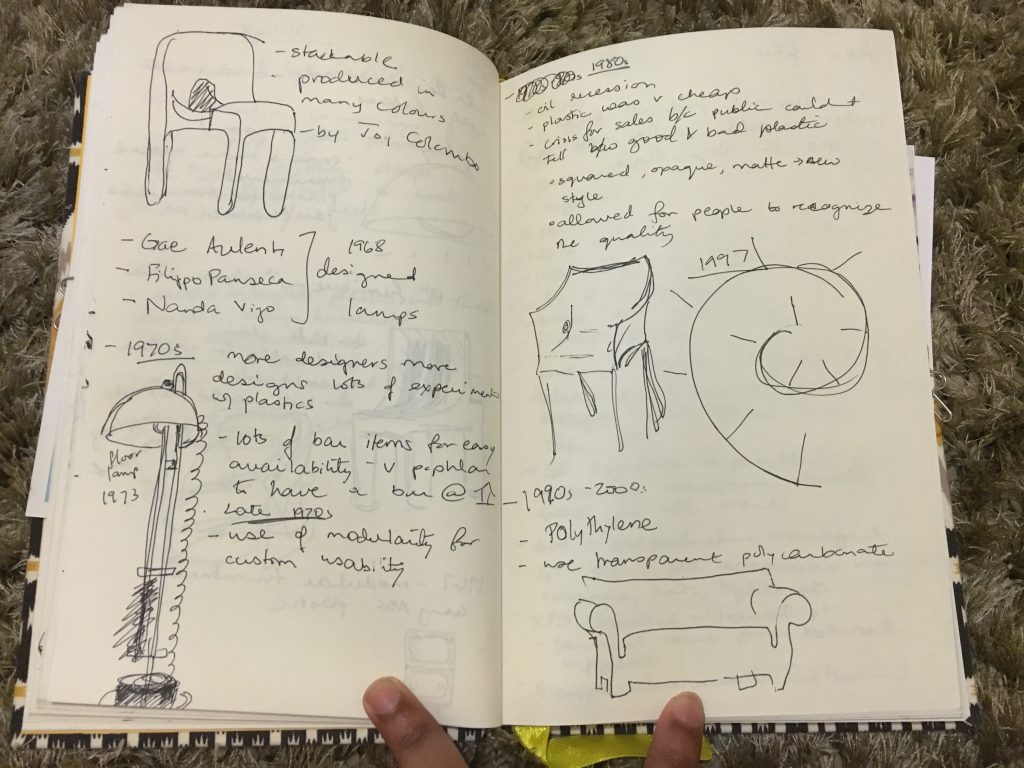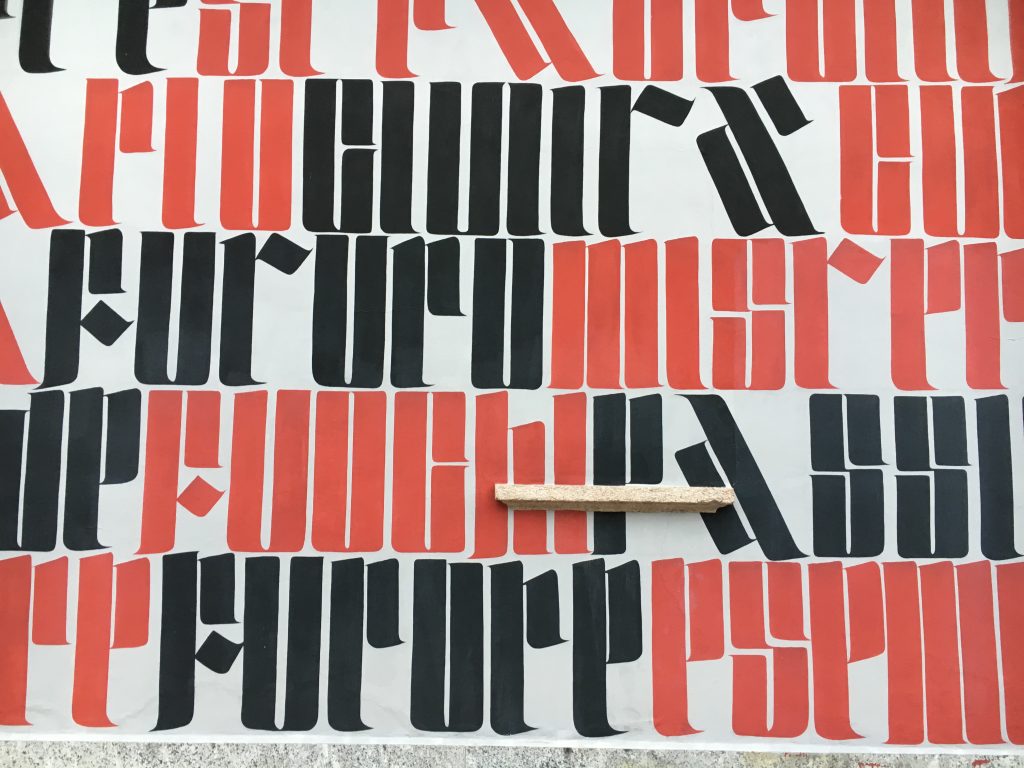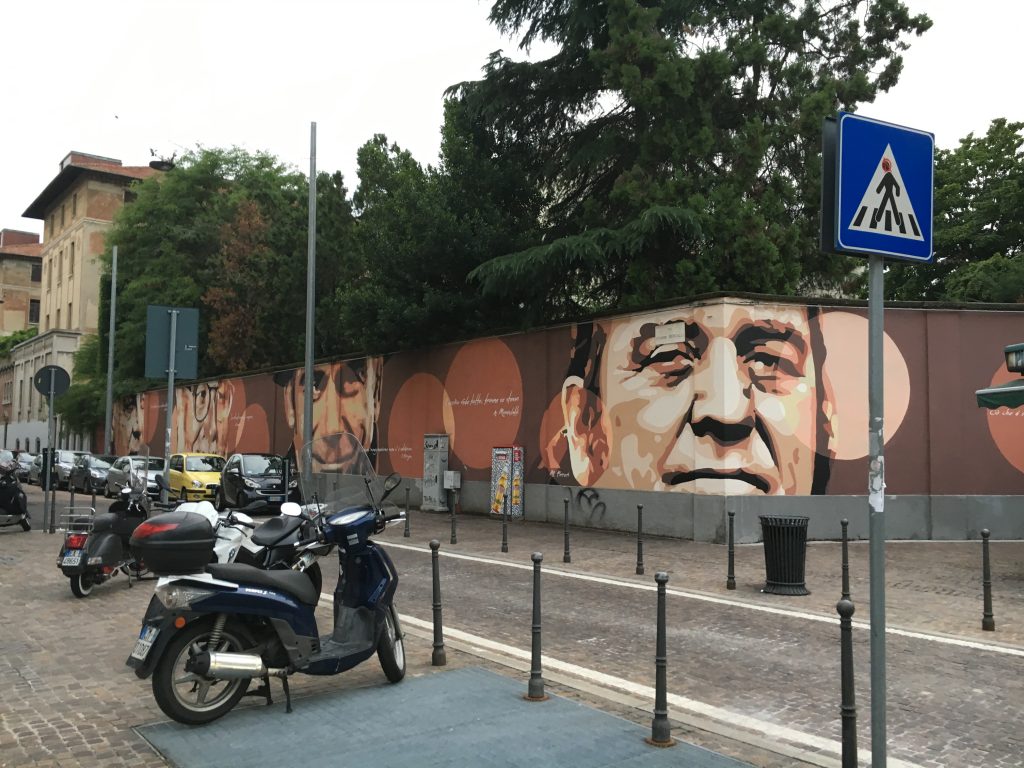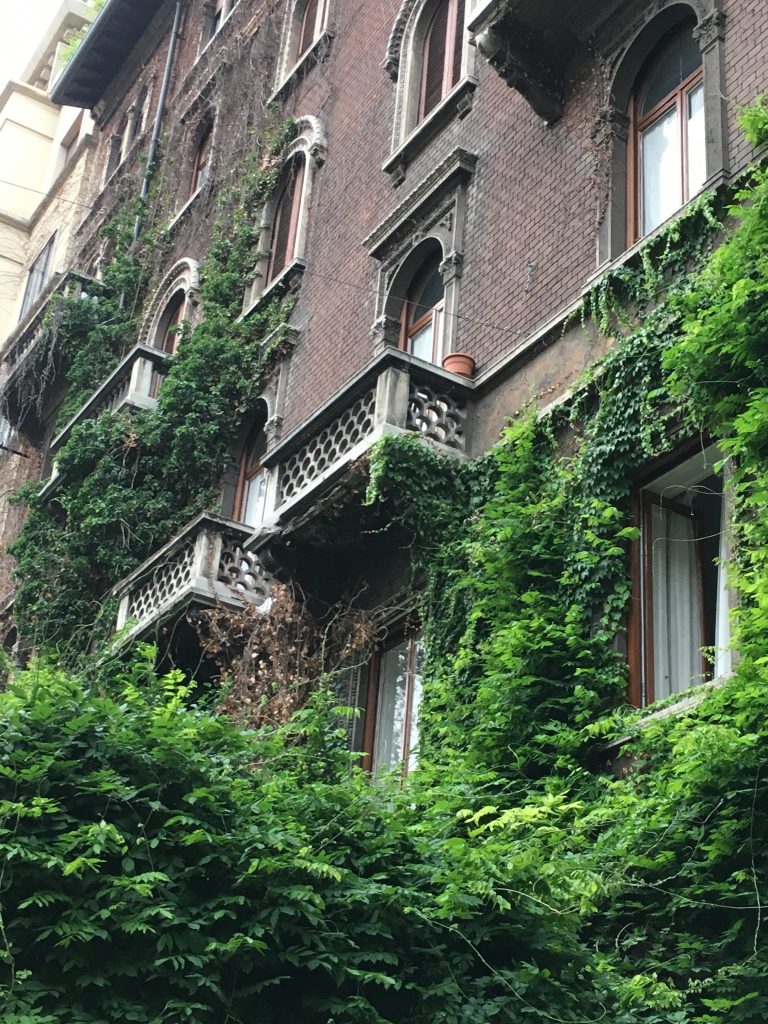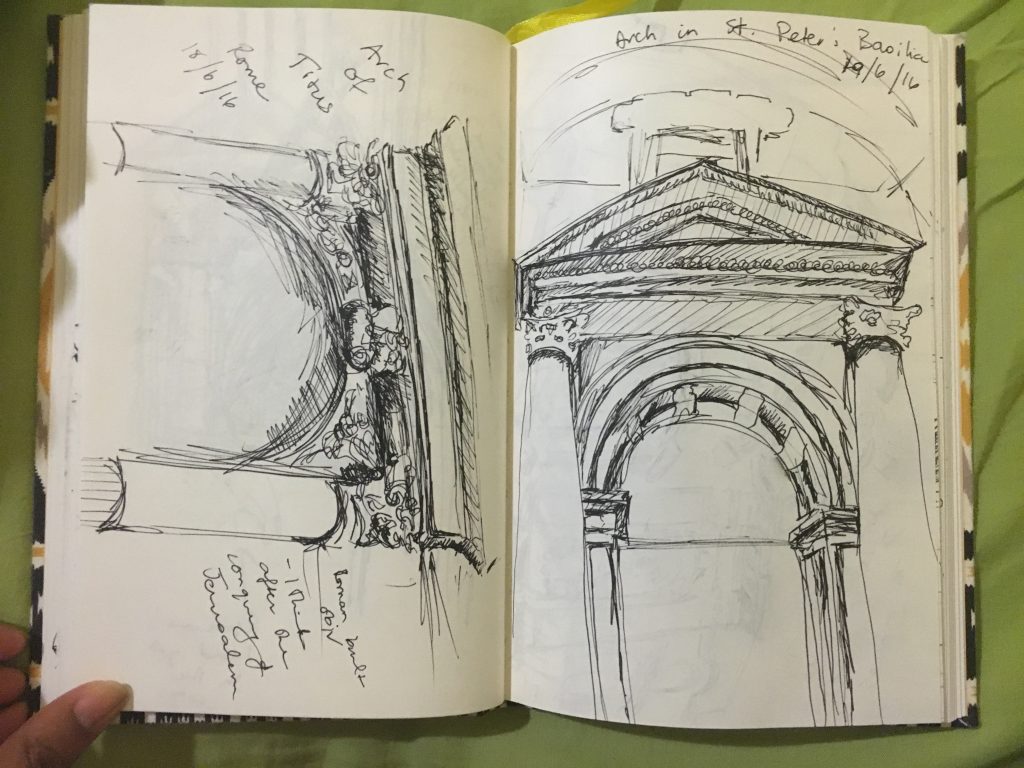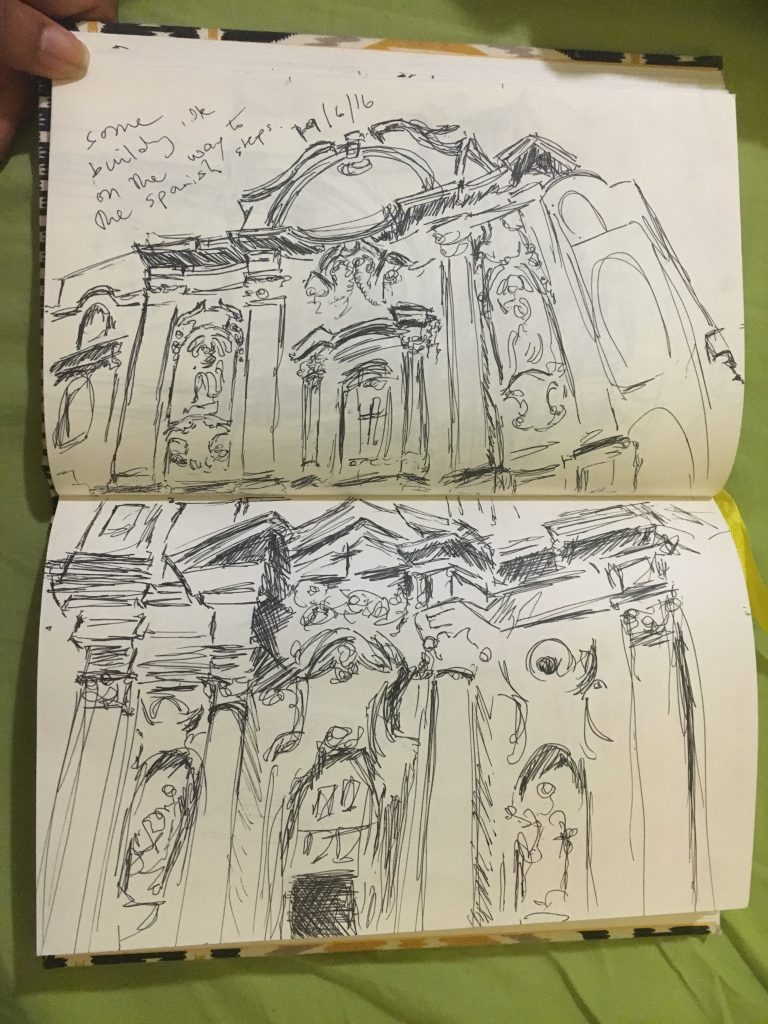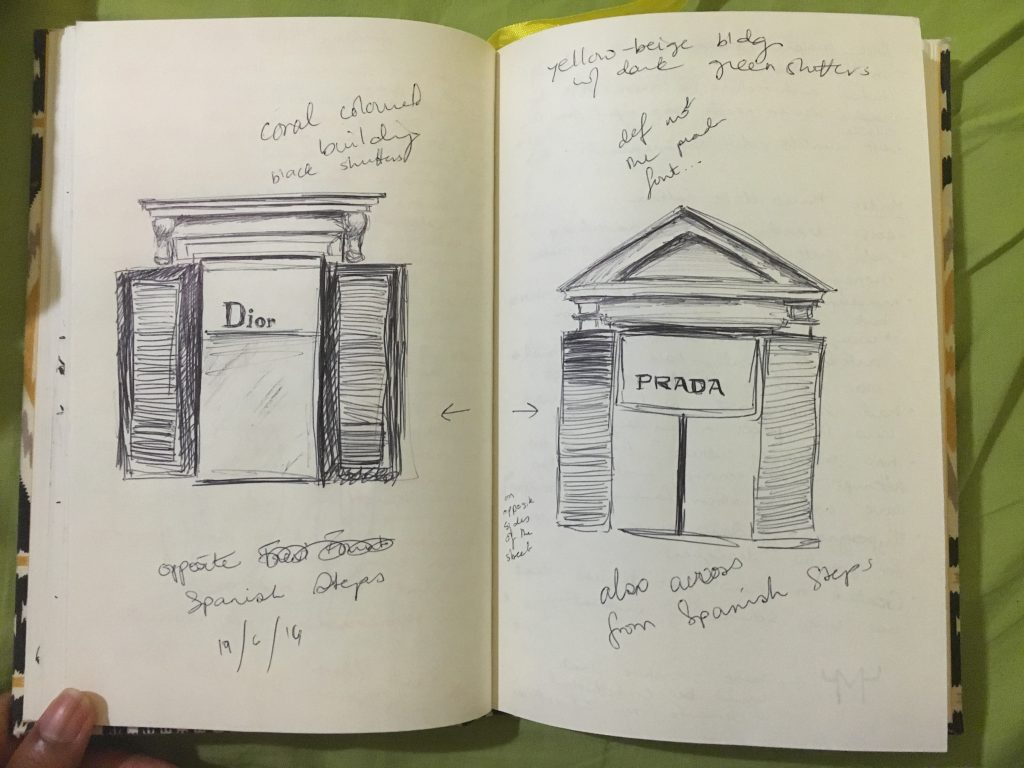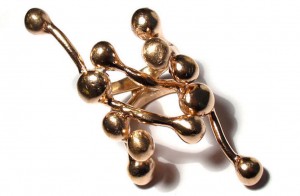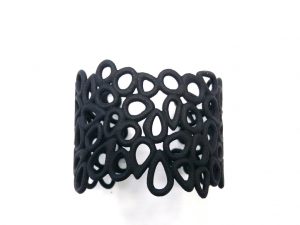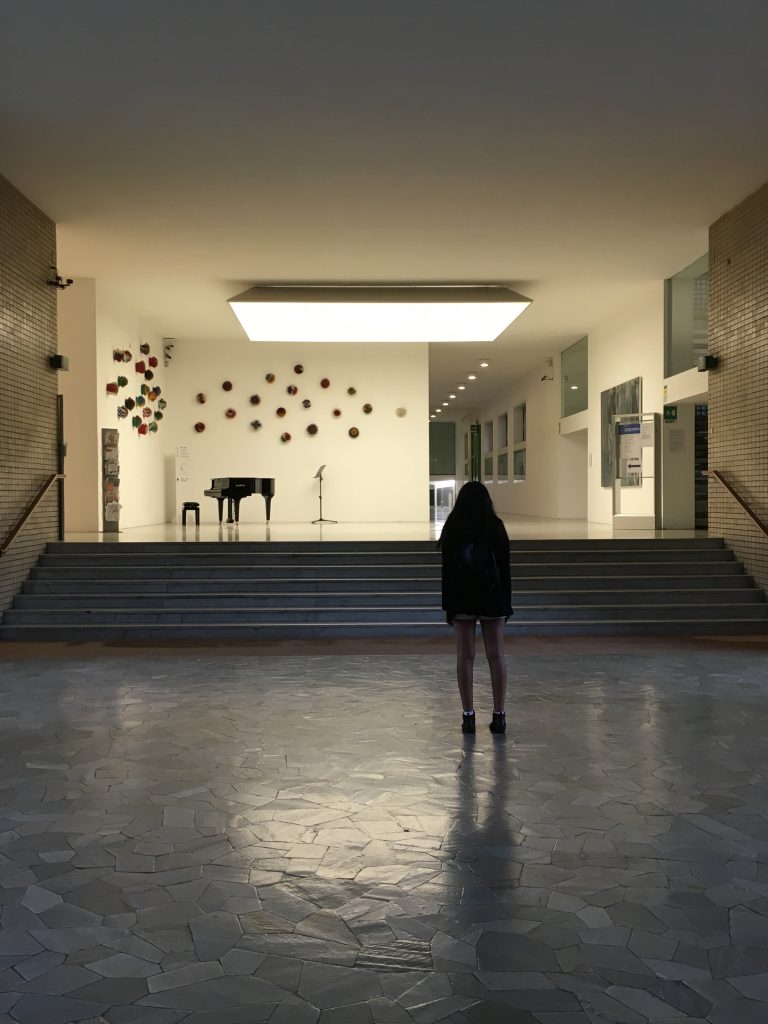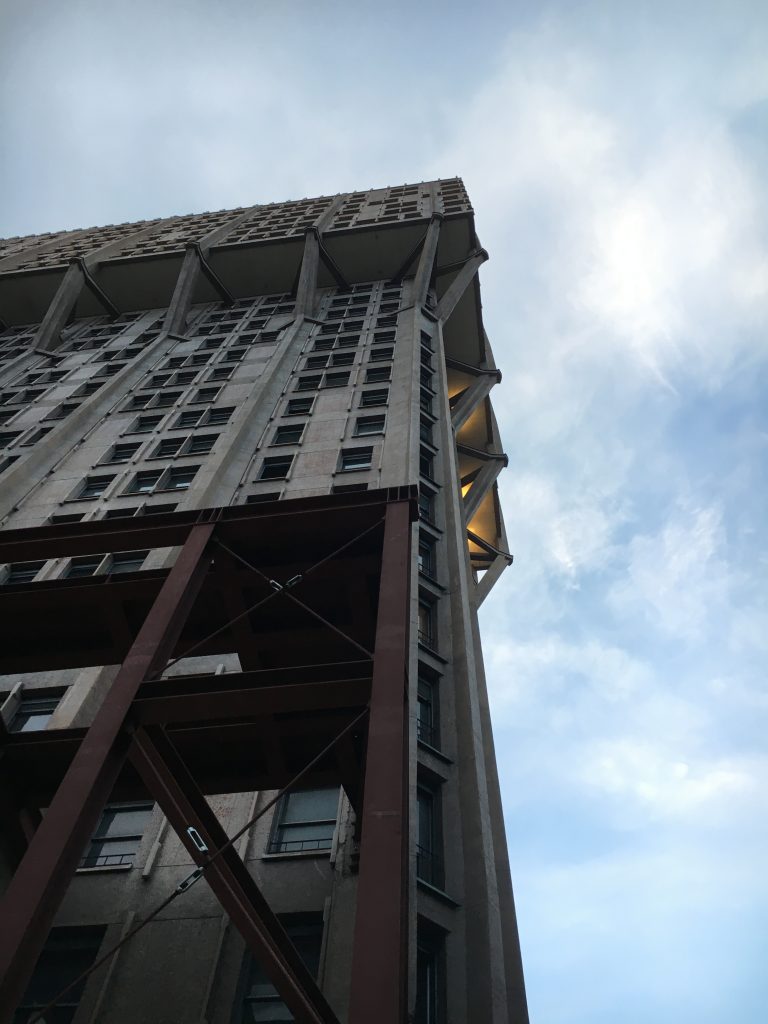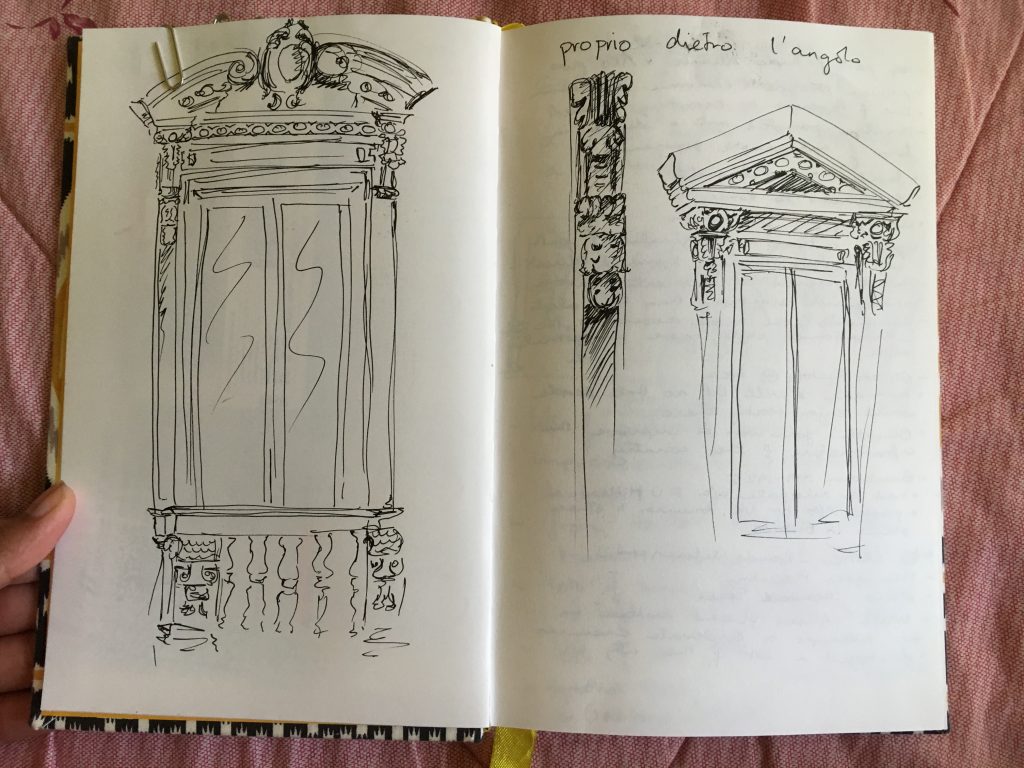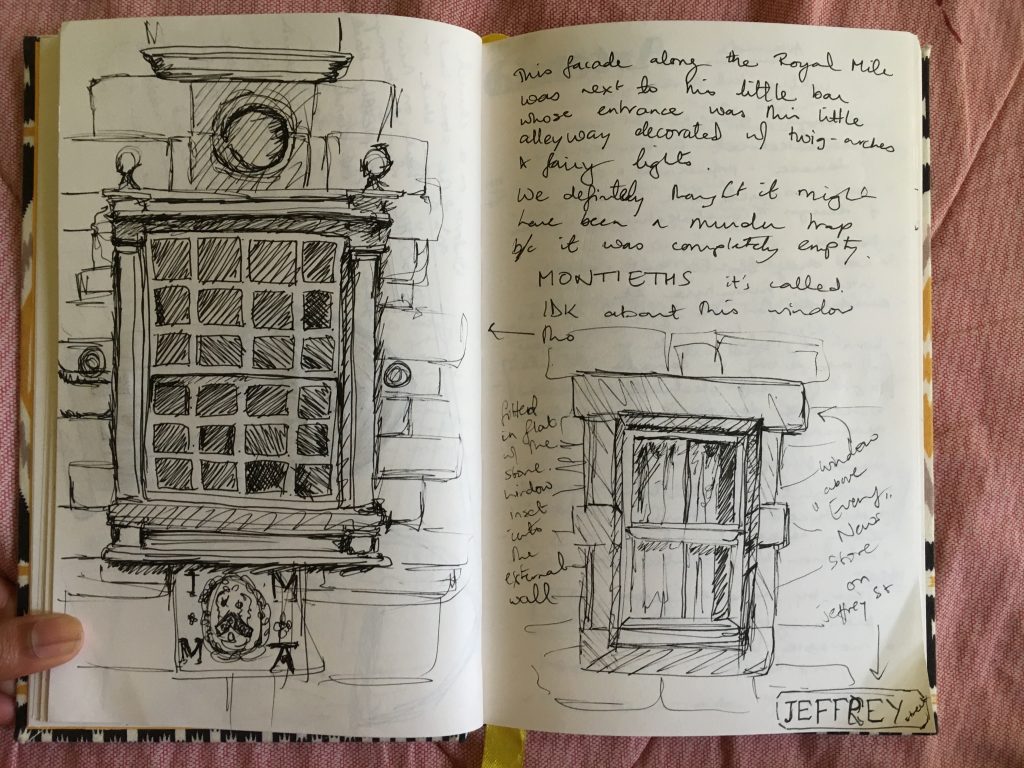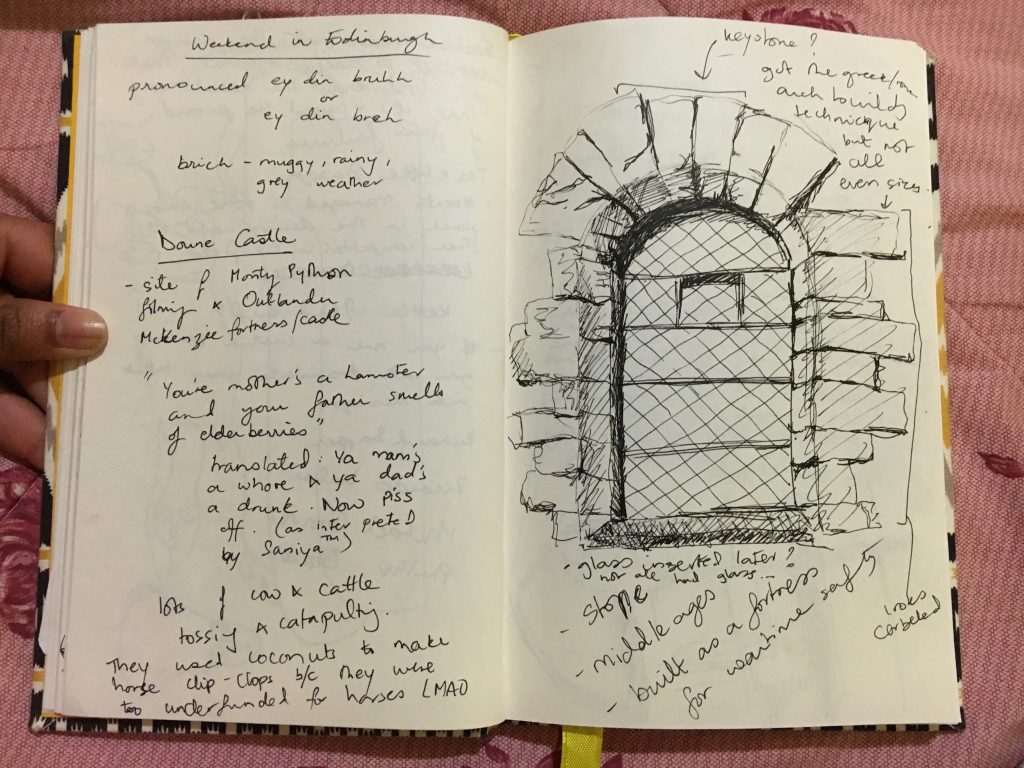This past month in Milan and traveling around Italy has been the best experience yet. Everything we visited for the class and during our weekend tours was a memorable time. The studio visits, museums, landmarks, walking tours, all taught me so much about Italian, design, and art history in general. Especially the fact that the world really has existed a long time. Sure we’ve been taught about centuries of history, but we don’t really get to see that here in Houston. I was able to see actual standing buildings and ruins that dated back to Before Central Era. Italy was evidence, real tangible evidence, that what we learnt in school really did lead up to where we are today, and that is just so mind-boggling.
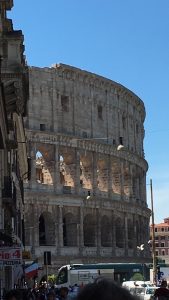
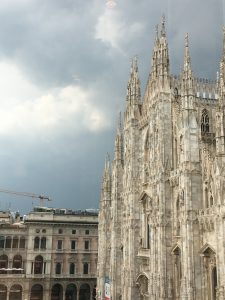
The connotation of design in Italy versus the United States is also vastly different. This is a topic that was mentioned by Sam Baron, the head of the design department at Fabrica, on our last day in Italy. Design in Italy typically refers to furniture, chairs, lighting, architecture, and interior, whereas design in USA refers to graphic design or fashion.
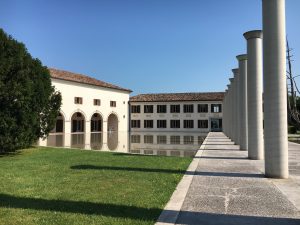
Of course, Italy also has a huge, well known fashion industry too, but that falls under fashion, not design. Furthermore, Baron also mentioned how design is a highly coveted career in Europe in general, whereas in USA, at times designers are considered quirky and indie, not a mainstream or proper career choice.
Italy puts forth its culture, its art, its history in every possible place. There are streets full of old buildings, turned modern restaurants, that still showcase antiquity. There’s the Triennale, that on every corner would have a little poster talking about another pop-up gallery showing off artwork from some new artist or another.
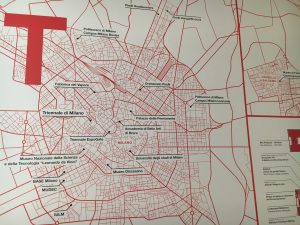
Some streets that I almost passed of as plain and residential housed the workshops of famous designers and artists known worldwide for their designs. Art and everyday blend together so seamlessly in Italy that even at the end of a month it was hard for me to tell one from the other. Here, there is such a clear demarcation between, commercial, residential, and recreational.
At least in Houston, history doesn’t bleed through the cracks in walls,or the cobbled streets. Every place we visited, Portaluppi, Alessi, Magistretti, Armani, Kartell, so on so forth, had a tale to tell of how the company started, how the designer began his career. There is an intimacy with history in Italy that I could feel with every word our tour guides spoke, almost like they had a personal connection with the people they spoke about.
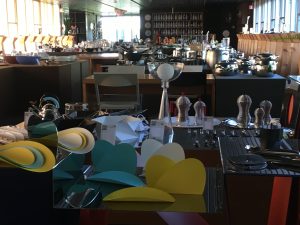
Italy has taught me to take history along with me, to learn from, to reminisce in, to live with. It’s about improving on the past, correcting errors, not covering them up.
Oh, and chairs. Chairs are the epitome of progress in design.
